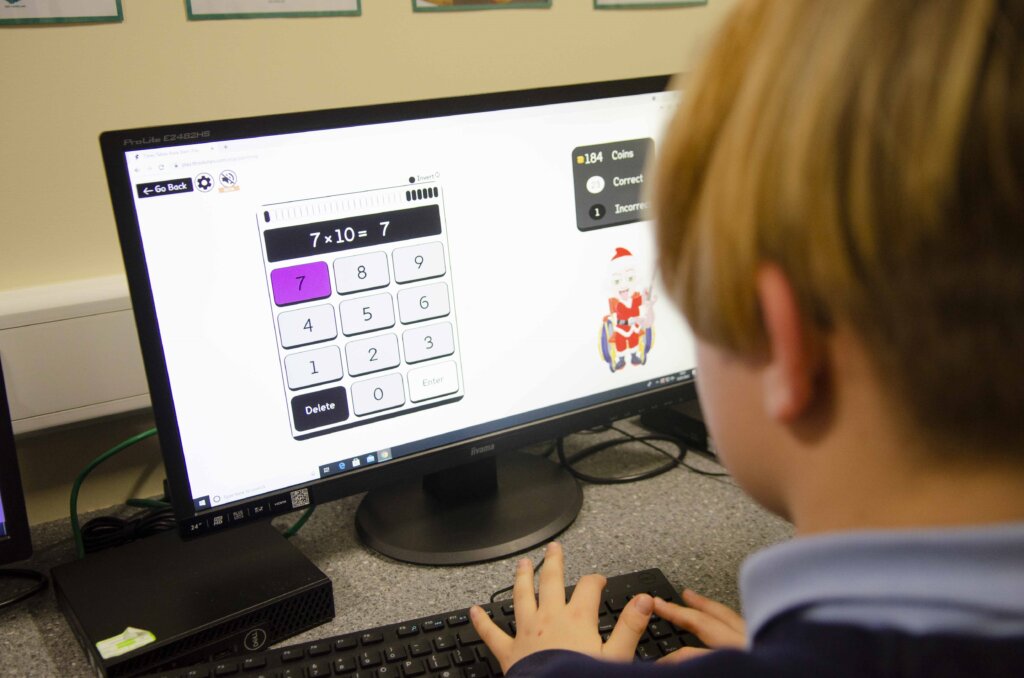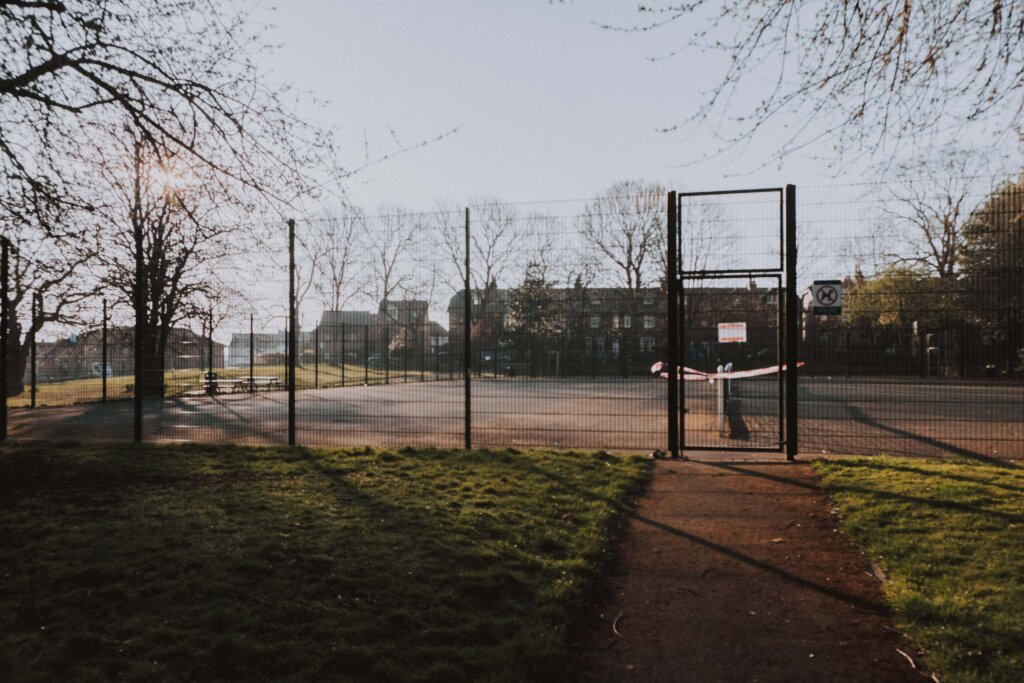With the BT switch-off just around the corner, now is the time to make the transition to an IP service and ensure your school stays connected. But according to surveys, many organisations are still unaware of what the switch-off means, when it will occur, and what needs to be done in preparation.
Find all the answers to your questions at One Education.
What is the switch-off?
In 2015, BT announced that it would be phasing out its ageing copper-based ISDN lines and PSTN service, replacing them with a full fibre network by 2025. This means that every phone line in the UK will become digital, routing calls over Internet Protocol (IP).
2025 might sound like it is still miles away, but it’s important for schools to plan ahead. Bear in mind that it’s not just phone-calls that will be impacted, but everything connected to your old phone network, potentially including CCTV, door entry systems and alarms.
BT plans to stop selling ISDN and PSTN next year, with a cut-off date of September 2023. So if your school uses either of those services, we recommend looking into how you can migrate your system onto an IP service.
Why is it happening?
Whilst we have been quick to adapt to lots of new technology over the years, many of us are still relying on old infrastructure to support it. These traditional telephony circuits were designed to allow us to communicate over the phone, but they cannot meet all the demands of modern communication.
- PSTN (Public Switched Telephone Network) – this technology allows analogue voice data to travel from one point to another through circuit-switched, copper-based phone lines.
- ISDN (Integrated Services Digital Network) – allows voice and data services to be carried over digital lines. At the time this facilitated faster internet connections, multiple calls over the same line, video conferencing and DDIs (direct dial-in numbers).
Like other legacy technologies, PSTN and ISDN are now eclipsed by 21st century alternatives. Cheaper to maintain, easier to run, a unified, full-fibre service will create better connectivity options for everyone:
- SIP (Session Initiation Protocol) – provides a phone line over a fibre internet connection.
- VoIP – is cloud based telephony whereby your phone calls are sent over your internet connection and your phone system is moved ‘online’. You can access your system via multiple devices – deskphone, mobile and tablet, and it offers many additional features such as call recording, voicemail to email and unified communication benefits.
Benefits
MASSIVE SAVINGS Removal of line rental charges, free UK Landline and Mobile calls and between your education organisation’s sites.
FLEXIBLE WORKING Log into your Phone System from anywhere and any device with an internet connection, and take your number with you.
ADVANCED FUNCTIONS & FEATURES Including video conferencing, CRM and email integration, analytics and increased control etc.
SCALABILITY Add, remove or reassign lines swiftly according to your changing needs.
GREATER RESILIENCY Automatic back-up and failover to keep you connected.
SWIFT DEPLOYMENT No more engineer-led physical installation so you can get connected faster.
Make the switch with One Education
If your school is still using ISDN lines and you want to ensure you have everything in place for a smooth transition, we recommend the following steps:
✔ Avoid a last-minute panic, and possible installation premiums, by planning for change now.
✔ Check your current phone contract. Be wary about signing up to any further ISDN/PSTN obligation.
✔ Evaluate and compare SIP Trunk, Hosted and VoIP options.
✔ Find out if your existing Phone System already supports VoIP technology – or ask Clarion to confirm that for you.
✔ Review any other business applications that run off broadband.
Get in touch to make the switch, or find out more about the financial and operational benefits it can bring.
In partnership with Clarion, the One Education ICT Team will help you to review your current services, decide which system is right for your school, and deliver the best solutions.















